Share:
Everyone needs movement in their life, am I right? For me personally, I love my Zumba classes or just dancing with my kids in the kitchen. Kids need to MOVE. Brain breaks have become increasingly important in classrooms as we have even more demands. I’m finding as a dyslexia practitioner using the Orton-Gillingham approach in my lessons, I need to work on this. Each lesson is packed with activities, but I know I could use some fresh ideas for getting my kiddos to move. I know you are going to love the ideas Nancy, my guest blogger, is offering all of you today. She has some incredibly useful, creative and practical tips you can implement right away. (Don’t you just that?) If you have any questions or comments at the end, please let us know. Thank you!
My thanks to Emily for the invitation to share my journey with you. Let’s get moving!
It’s Friday evening, and I walk into the home of a student, ready to give a lesson. My grade-four student looks tired and immediately tells me about his long, and very frustrating, week completing assignments that took three times longer than his peers. I know this wonderful student would prefer to be playing a video game with his best friend or out playing hockey with his championship team. Sadly, Friday evening is the only time available for his second lesson of the week (and he really needs more than two).
All of you can relate to what I am talking about. Far too many children are spending time in lessons outside of school. They miss out on free play, sports, socialization – fun! For many of these students, it can be SO tough mentally to focus outside of school. Even the most applied students need – and deserve – a teacher who can provide ways to keep up the momentum. One solution to add to your toolbox? Get your students up and moving!
My interest in weaving more movement into the learning process began almost as soon as I started my own practice. Many of my students were gifted athletes. Others had been diagnosed as ADHD. Some were both! I started out by changing the keywords in the OG program I was using to teach most of my students at that time. Each keyword became an action-related word. Next, I tied the actions together for phoneme-to-grapheme and/or grapheme-to-phoneme correspondences that had more than one keyword (such as the three ways to sound out <ea> or the 6 ways to spell /er/). The keywords were tied into elaborations or, for the longer ones, what I soon called ‘silly stories’. All were acted out – the goofier the better! I branched into rules (for which I coined the term MOTTs, as they apply most of the time), and I created kinesthetic mnemonics to remember the exceptions. My students were laughing as they learned and practiced! One day, a parent observing the lesson said to me, “Nancy, you need to put all of this into a book.”
Fast forward to 2017. I have now written that book, SecretCode Actions™, in two editions – one for teachers, another for parents. Secret Code Actions™ is a tool – not a program – written to enhance any reading/spelling program (OG or otherwise). Movement was the foundation upon which my book was built, and the kinesthetic mnemonics are still a central component, but the book grew far beyond that. In my efforts to address the gap in teacher and parent knowledge of evidence-based instructional essentials, the information about each concept expanded greatly. Now each concept includes Clues and Alerts for Sounding (Phonology), Spelling (Orthography) and Meaning (Morphology, Semantics and Syntax), giving insight into valuable information connected to specific concepts and their mastery. I also developed activities to enable practice in an extended way, including team or personal best races to practice concepts such as allowable spelling positions or rapid correspondence recall (e.g. the grapheme options for all the long vowels).
In addition to writing the book, over the last six years I have spent countless hours (especially during my two-year Master of Education in Special Education program) exploring the research supporting the need for the greater movement I advocate. In a nutshell:
- Physically activity is essential for all children – but children are moving less and less. We need to use every opportunity to get our children up and moving.
- Physical activity fuels the brain and gives energy to all learners.
- Using movement increases engagement and helps recall.
- Increased physical activity is beneficial for children with ADHD.
- Mnemonics are valuable for children with learning disabilities.
Beyond the research itself, my clinical experience has proven to me that movement tied to a specific skill (linked to a mnemonic, game or competition) is very engaging and enables learners of all ages to remember reading/spelling concepts more easily and quickly.
Those who teach OG are usually using a multisensory approach, but in many cases that instruction is limited to the visual, auditory and tactile modalities. So, how might a multisensory approach be expanded to include gross motor movement?
1. Plan your lessons so that you weave in movement throughout the lesson:
a. As part of your warmup – Review previously learned concepts by practicing them using movement.
b. During part of the teaching of a new skill – See, hear, say, trace and then move!
c. To give a brain break to re-energize a student who is having trouble focusing – Stand and perform an aerobic-related movement.
d. To ensure a student doesn’t sit too long during writing practice – Stand and perform a stretch-related movement.
e. As part of your lesson closure – Do a movement-based game or activity that is either related to a newly taught skill or to previously taught skills.
2. If your space is limited, many movements can be done on the spot. Even in a small office, a student can run on the spot (<r> = /r/), pretend to pump (/p/ = <p>), or act as if trying to dodge a page (practicing when to spell /j/ as <dge>).
3. Be prepared to be flexible. There are many excellent programs based on the OG approach, and each has a slightly different sequence. Some of you may also supplement your teaching with programs not categorized as OG; these, too, have their own sequence. Once you have established a movement/keyword order you like, if that order does not align to another sequence being used with a student, either hold off teaching the whole movement until all concepts have been taught or give a short synopsis of the concept that has not yet been taught, and tell your student, “We’ll be digging into this more deeply later.”
4. Customize for students as needed. For example, the wording in the third part of my elaboration for grapheme <ea> (going in the grapheme-to-phoneme direction) is usually, “BREAK that guessing habit!” For one student, however, the words became, “BREAK the world’s record!” since she was on track to compete at an Olympic level in her sport. The movement (pretending to break a stick over a raised leg) remained the same.
5. If you teach online, stand up and move during your lesson. Set yourself a timer!
6. If you have access to a yard during lessons, take your student outside! Use the lawn, the trees, the steps from a deck to the yard itself, the sidewalk, the patio… Using sidewalk chalk, draw a grid in which to practice phoneme segmentation. (I call this Parent Edition activity, “Split and Smoosh!”)
7. Keep asking yourself: “How can my student learn/practice this specific skill while moving?
I am passionate about the need to bring movement into the teaching of reading and spelling. I see it as a solution to the lack of time, and a way to engage our learners. Some of our learners need 350+ repetitions, and using movement to practice skills provides unobtrusive and fun opportunities to provide that repetition.
During my professional development sessions for teachers, and presentations to parents, I always deliver this message to my audience: “We need to get our children moving as we teach the code!” Then, I get the audience up and moving as we practice a code-based concept!
Can you instantly (and consistently in the same order) recite the many phoneme-to-grapheme options for “short o”? Can you remember which words are the exceptions to spelling /ch/ as <tch> following a single short vowel? Kinesthetic mnemonics help teachers to remember the code too! I invite you to explore some sample pages from my book (both Teacher and Parent Editions) at my website:
www.nancyyoung.ca
Nancy Young B.A., M.Ed.
Reading, Spelling, Writing Specialist
British Columbia, CANADA
Nancy Young is an experienced educator and speaker with extensive knowledge of evidence-based approaches to teaching reading, spelling and writing for both the general classroom and intervention programs. At present, Nancy provides consulting services to schools and individual families across Canada. This includes teacher PD and coaching, reading/spelling/writing
Would you like to win a copy of the parent of teacher edition of Secret Code Actions? Enter the Rafflecopter below for a chance to win! One winner will be announced on Thursday, 4/13/17. Good luck!
a Rafflecopter giveaway
Share:

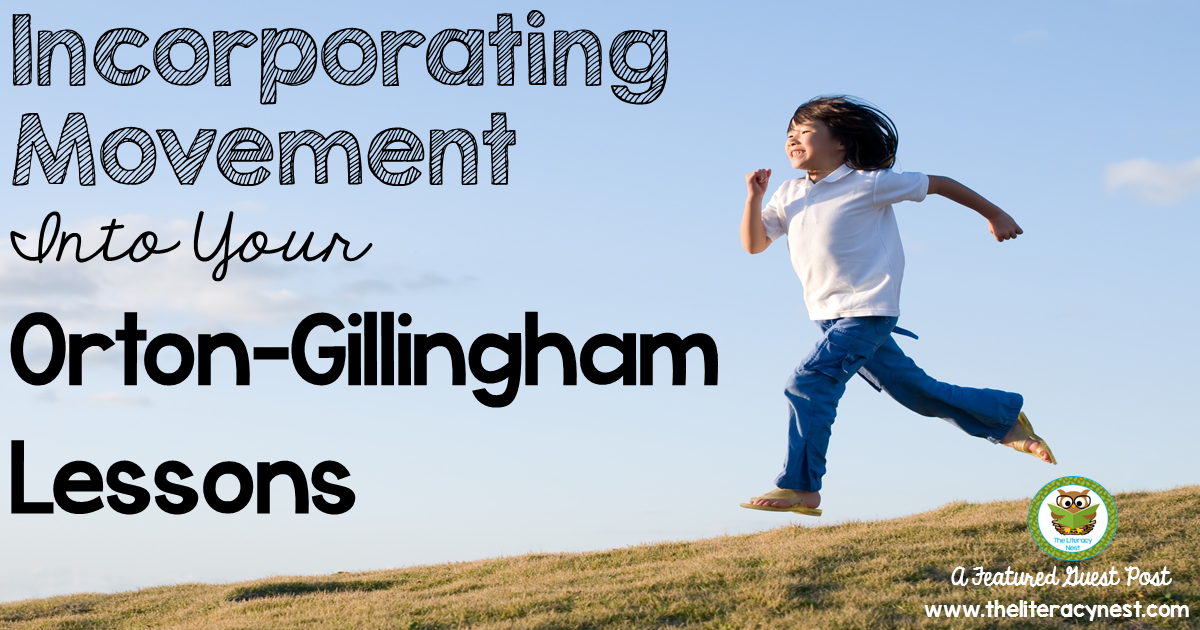
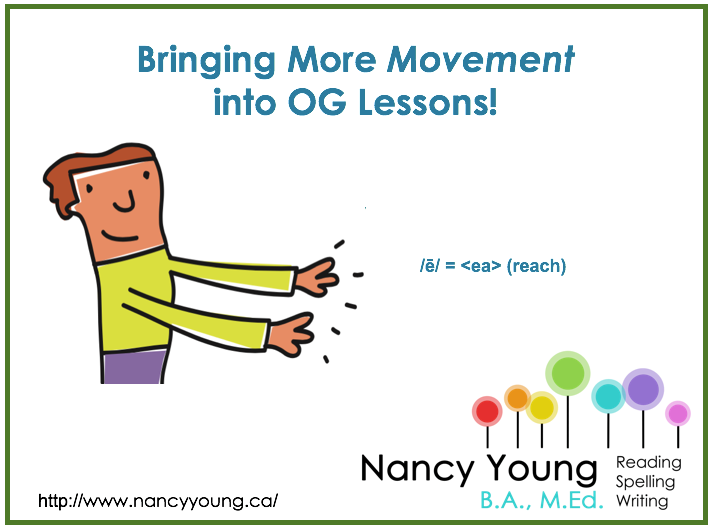
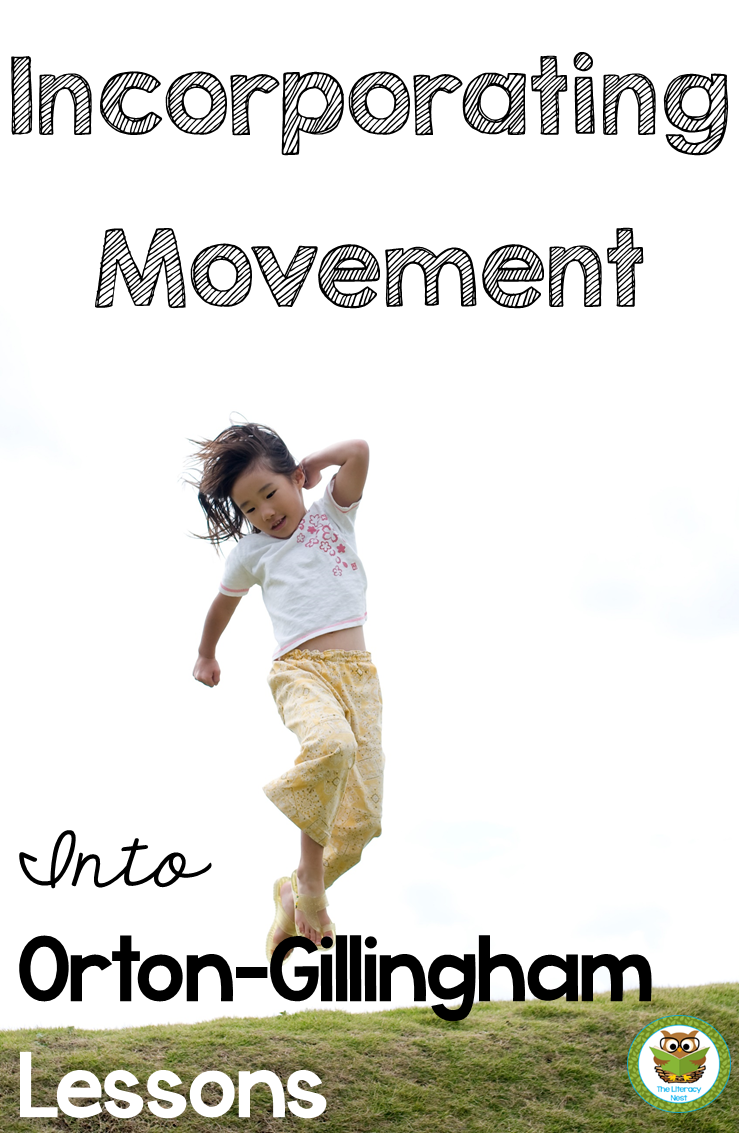
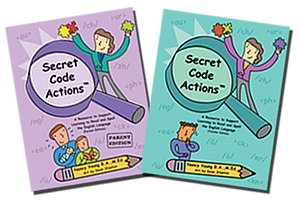
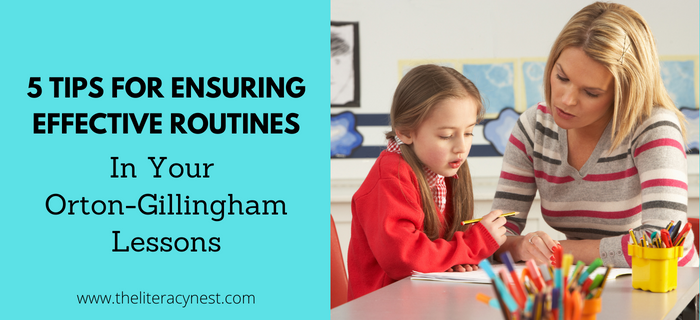
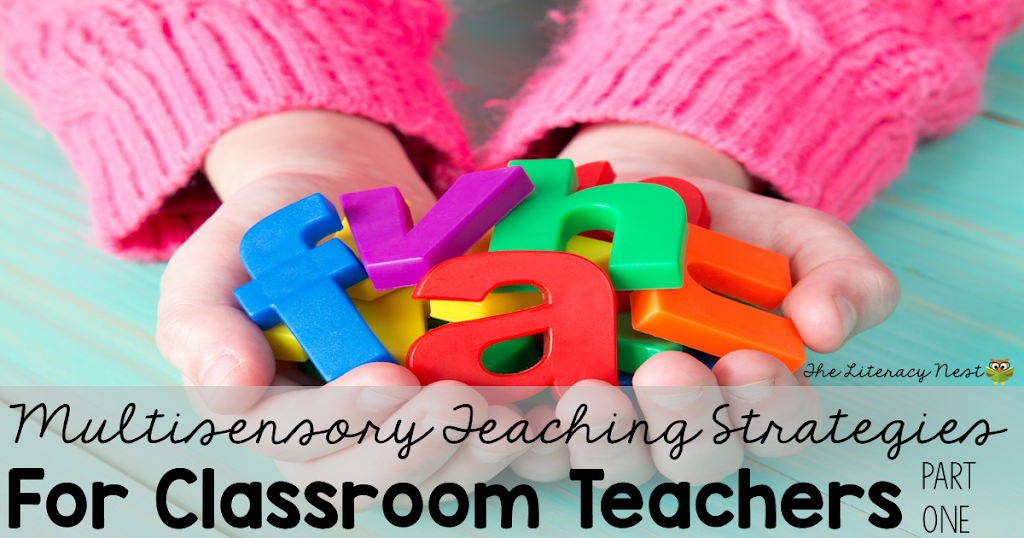
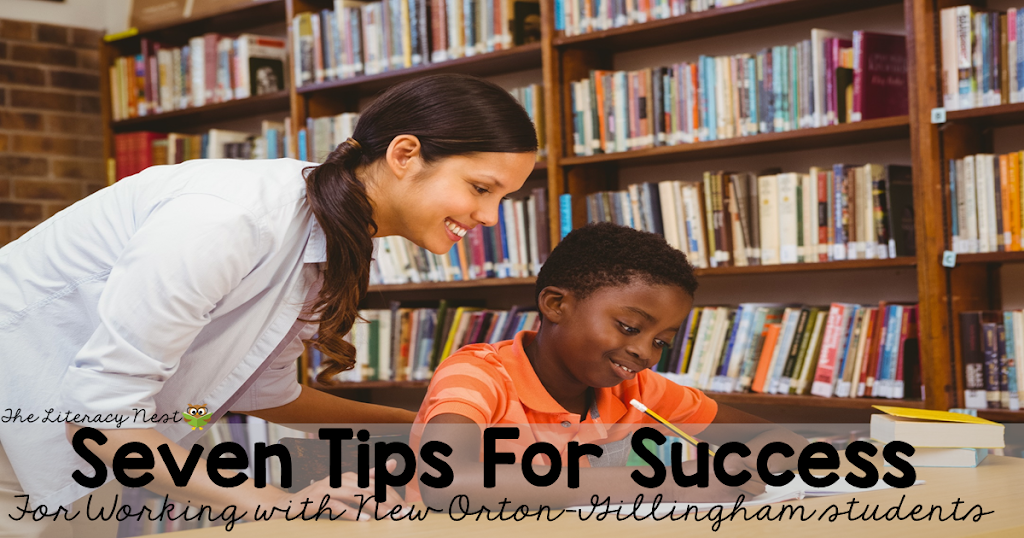
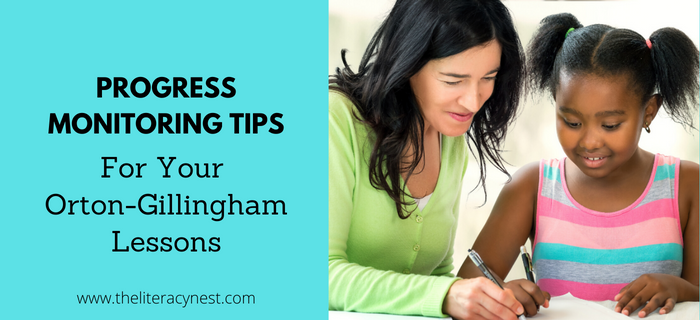
I love this article, it IS so important that we let kids move. Moving can actually help them learn! Thanks for the reminder.
Desiree
Reading with Mrs. D